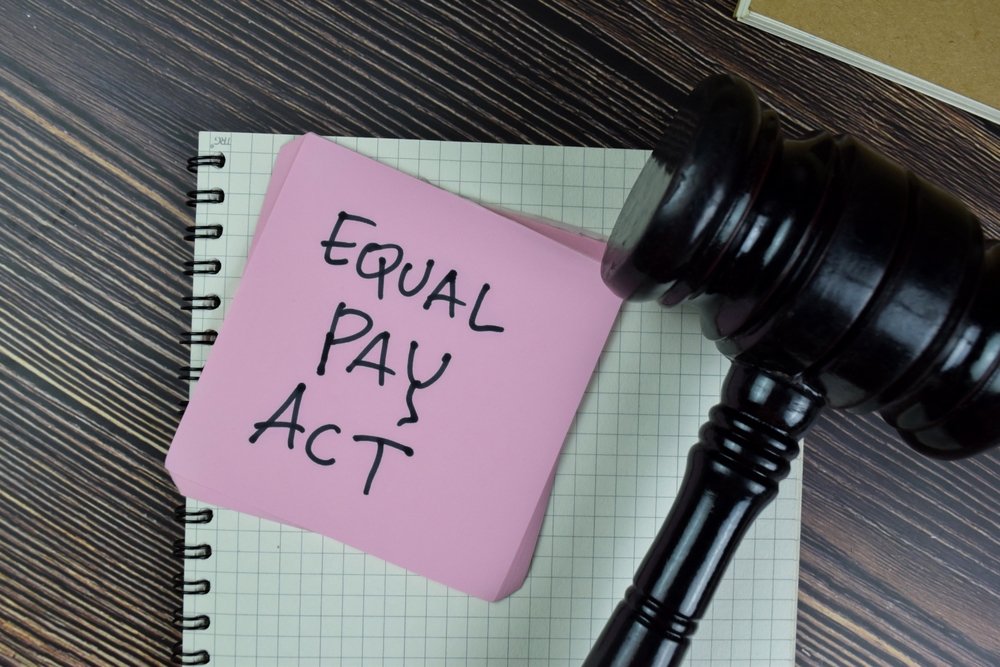As the importance of Corporate Social Responsibility establishes itself in the values of companies the world over, it is important to recognize how far many societies have come in terms of promoting equality in the workplace.
The landscape was extremely different just over half a century ago. The consequences of both the First and Second World Wars meant that women were compelled to enter the workforce to take up the slack due to the massive losses experienced by communities across the UK. Despite the fact that these women proved themselves to be effective and competent in these roles, many had to relinquish them when the men returned from fighting in the war. However, it did herald the start of a new era when it became increasingly normal for women to go into the workplace – fueled by the fact that many were left widowed and had to find a way to supplement their meagre widow pensions.
However, it was considered the norm that women were paid less than men. While many were doing jobs that were not comparable with men’s, being often clerical or repetitive piece work in factories, just as many were working side by side with their male counterparts.
Equality was Made in Dagenham
The growing sense of injustice came to a head when 187 female machinists working at the Dagenham Ford factory discovered that they were being paid 15 per cent less, and had their job grade downgraded to unskilled, despite their male colleagues doing the same work. They decided to go out on the first ever strike by women on 7th June 1968, calling for equal pay.
The eventual success of the women in winning equal pay and recognition for the skilled work they do paved the way for the introduction of the Equal Pay Act 1970 – businesses had five years in which they were expected to equalize pay between men and women. Over these five years, the average full time wage for women increased by 5 percent.
The impact of the National Minimum Wage Act 1998
The next major legislative move towards greater equality in the workplace was the introduction of the National Minimum Wage. In the 20+ years since it was first introduced, the gender pay gap has decreased from 17.4% to 8.9%, with women being the primary beneficiaries.
The Equal Pay Act was replaced and upgraded with the Equality Act in 2010, which requires companies to publish their gender pay gap data. The EHRC also suggests as part of the Equal Pay Act that every organization carry out an equal pay audit in addition to their gender pay gap report.
As the gender pay gap has decreased over time, more attention is also being paid to other pay disparities, such as between different ethnic groups, and disabled groups. For example, on average disabled people were paid 12.2 percent less than their non-disabled counterparts, with those with a mental impairment having the greatest differential of 18.6 percent.
With workplaces across the globe moving towards workplaces which can demonstrate a strong commitment to Diversity and Inclusion, the continuing push towards this most fundamental aspect of looking after a workforce is crucial in creating level playing fields for everyone, regardless of gender, ethnicity, sexual orientation and physical and mental challenges.
The ultimate aim is to create an environment in which everyone can feel included and motivated, with the aim of helping the company to grow and expand while feeling supported. It has been proven time and again that an inclusive workplace leads to greater productivity and therefore profits, which ultimately benefits everyone.


